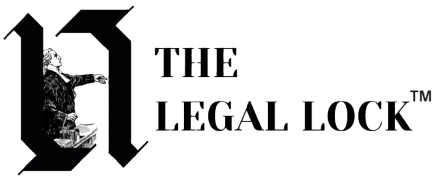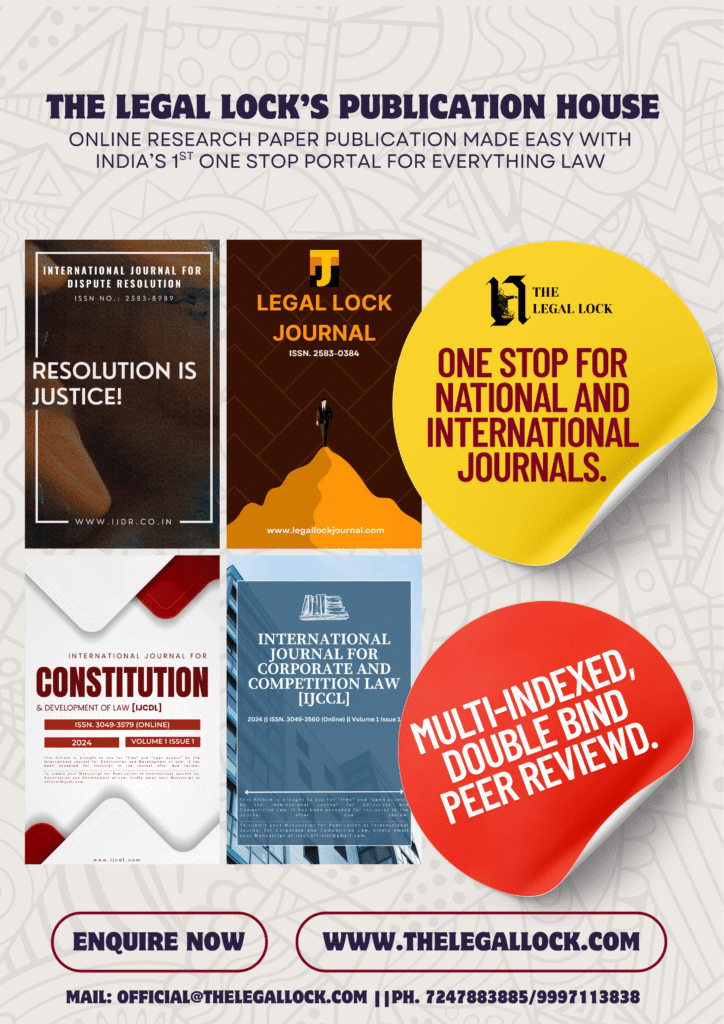CASE BRIEF: TROIKAA PHARMACEUTICALS LTD. VS PRO LABORATORIES (P) LTD. AND ANR.

| CASE NAME | Troikaa Pharmaceuticals Ltd. Vs. Pro Laboratories (P) Ltd. And Anr. |
| CITATION | MANU/GJ/0364/2008 |
| COURT | In The High Court Of Gujarat At Ahmedabad |
| Bench | K.A. Puj, J. |
| Date of Decision | 15 May, 2008 |
INTRODUCTION
Troikaa Pharmaceuticals Ltd. v. Pro Laboratories (P) Ltd. is a significant case concerning design rights and their protection in the pharmaceutical industry. The case addresses fundamental questions about the novelty and originality requirements under the Designs Act, particularly in the context of pharmaceutical tablet designs. It explores the extent of protection available for seemingly simple designs and their application in specific industries. The dispute centered around the alleged infringement of a registered ‘D-shaped’ tablet design, bringing to the fore important considerations about what constitutes novelty in design law and the evidentiary standards required to challenge design registrations.
The plaintiff, Troikaa Pharmaceuticals Ltd., was a manufacturer of pharmaceutical products who had obtained registration for their D-shaped tablet design in 2001. The registration granted them exclusive rights to use this design for a period of 10 years. The controversy arose when Pro Laboratories began manufacturing tablets with allegedly identical shapes and configurations, leading to claims of design infringement. The case explores the delicate balance between protecting intellectual property rights in pharmaceutical designs while ensuring that basic shapes and commonly used elements remain available for general use in the industry.
In the context of pharmaceutical manufacturing, where tablet design can significantly impact brand recognition and consumer association, the case examines the scope of protection available for designs that incorporate common elements like alphabets. The judgment provides important guidance on how courts should approach the assessment of novelty and originality in design law, particularly when the design in question involves the application of known elements in a new context.
FACTS
- Troikaa Pharmaceuticals Ltd. had registered a ‘D-shaped tablet’ design (Registration No. 186992) under Class 28 with the Controller General of Patents, Designs and Trademarks in October 2001.
- The registration granted exclusive rights to the plaintiff for a period of 10 years to use the design.
- The plaintiff discovered that Pro Laboratories was manufacturing tablets with allegedly identical shapes and configurations.
- The plaintiff filed a suit seeking permanent injunction and damages of Rs. 50,000 against the defendant.
- In response, Pro Laboratories filed for cancellation of Troikaa’s design registration under Section 19 of the Design Act.
ISSUES
- Whether the plaintiff’s D-shaped tablet design qualified as new and original under the Designs Act.
- Whether there was prior publication of similar designs that would invalidate the plaintiff’s registration.
- Whether the use of an alphabet (‘D’) as a design element precluded protection under the Designs Act.
- Whether the defendants’ evidence of prior use by other pharmaceutical companies was sufficient to invalidate the registration.
ARGUMENTS
Plaintiff’s Arguments:
- The D-shaped tablet design was unique and innovative in its application to pharmaceuticals.
- Substantial investment had been made in developing and promoting the design.
- The registration was obtained after proper verification by statutory authorities.
- The defendant’s copying was intentional and aimed at exploiting the plaintiff’s goodwill.
- The defendants’ actions were causing irreparable damage to their business.
Defendants’ Arguments:
- The D-shape lacked novelty as it was simply based on a common English alphabet.
- Prior publication existed through Pfizer’s Diabenese drug (1956) and Novartis’s Focalin.
- The design was already in the public domain before the plaintiff’s registration.
- The registration was obtained by suppressing material facts about prior publications.
- The D-shape was commonly used in the pharmaceutical industry.
DECISION
The Gujarat High Court examined the scope of protection for designs that incorporate common elements and their application in the pharmaceutical industry. The case centered on Troikaa Pharmaceuticals’ claim of both registered design protection and exclusive rights against the defendants’ alleged copying of their D-shaped tablet design.
The defendants contested the plaintiff’s claims, arguing that the design lacked novelty and citing prior use by other pharmaceutical companies. However, after examining the evidence presented by both parties, the Court found strong grounds to support the plaintiff’s case. The Court emphasized that while the ‘D’ shape itself might not be new, its application to tablets could constitute novelty under design law. This interpretation was supported by reference to English precedents, which established that new applications of known designs would be classified as original and merit protection.
The Court rejected the defendants’ evidence of prior use, finding that mere photographs without actual tablets were insufficient to prove prior publication. The Court noted that for such a defense to succeed, concrete evidence of identical designs being used prior to registration would be necessary. This set a significant standard for the quality of evidence required to challenge design registrations.
In granting the interlocutory injunction, the Court found that the balance of convenience strongly favored the plaintiff. The Court reasoned that the defendants could continue their business by manufacturing tablets in other shapes and configurations while the plaintiff’s registered rights needed protection. The injunction was ordered to continue during the pendency of the suit or until the plaintiff’s registration remained valid.
ANALYSIS
India’s design law jurisprudence has been significantly enriched by the Troikaa decision, particularly in its application to pharmaceutical products. The Court’s ruling establishes important guidelines for protecting design rights while balancing the need for fair competition in the industry. The judgment recognizes that while common shapes and symbols cannot be monopolized, their specific application and adaptation in particular industries can merit protection under design law.
A sophisticated understanding of design protection in pharmaceutical products is evident in the Court’s approach. It acknowledges that while designs may incorporate common elements, the unique way in which these elements are applied and adapted for specific industrial uses can qualify as protectable intellectual property. This interpretation provides crucial guidance for pharmaceutical manufacturers, helping them understand the scope of their design rights while ensuring that fundamental shapes and symbols remain available for general use.
Important procedural aspects of design protection are also clarified by the ruling. Confirming the evidentiary standards required to challenge design registrations strengthens the position of registered design holders. The Court’s handling of the prior publication defense establishes a useful precedent by requiring concrete evidence rather than mere documentation while simultaneously preventing alleged infringers from using technical defenses when their copying is apparent.
The Court’s decision effectively reinforces the judiciary’s role in maintaining a balance between protecting intellectual property rights and ensuring fair competition in the pharmaceutical industry. The ruling strikes a crucial balance between protecting manufacturers’ efforts in creating distinctive product designs and maintaining the availability of basic shapes for general use. This interpretation provides clear guidelines for future cases involving similar issues of design protection in pharmaceutical manufacturing.
The case sets a noteworthy precedent for protecting design efforts in pharmaceutical manufacturing, especially in an era where product differentiation through design becomes increasingly important. It highlights the need for robust legal protection of manufacturers’ distinctive presentations and configurations, even when these incorporate common elements. This approach ensures that while basic shapes and symbols remain available for general use, manufacturers can continue to invest in creating distinctive product designs with the assurance of legal protection.








